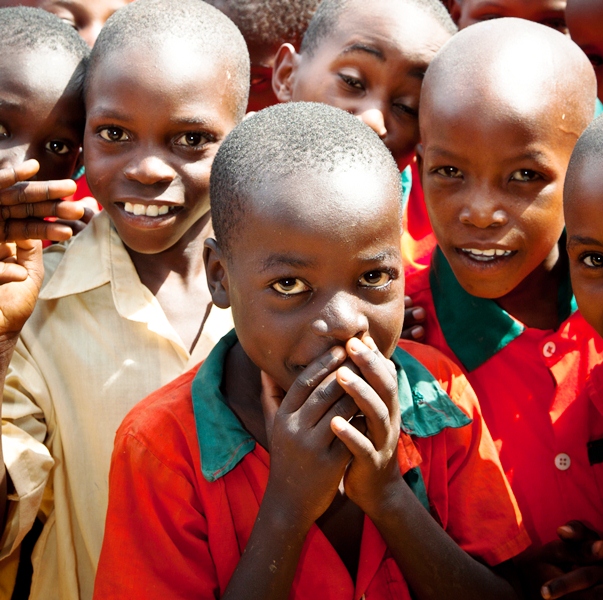The end of AIDS . . . could it really be? After reading the headline on the cover of a magazine, it was hard to believe that this could be true. June 5 of this year marked the 30th anniversary of the discovery of AIDS. Back in 1981, few people realized how much AIDS would become a part of our lives and how many people would die from its devastating effects.
I first learned about AIDS in high school. In fact, as AIDS was gaining national attention, I chose it as a topic that year for some speech competitions. It was possibly the most controversial topic I could have picked, but I had everyone’s attention. Still, no one would have guessed or even imagined the incredible death toll that would continue to rise in its wake.
Nearly 30 million people have died from AIDS, and an estimated 34 million are infected. But the real face of AIDS is the children. There are 14 million AIDS orphans in Africa alone!
Considering these statistics, how can we be hopeful about the future?
I admit that even after seeing significant progress in AIDS-affected communities over the past 20 years, I was a bit surprised to read the headline which said, “Thirty years on, it looks as though the plague can now be beaten, if the world has the will to do so.”
Do we have the will to continue the journey toward eradicating AIDS altogether? This question is vital for all of us to answer because I believe it pertains not only to the AIDS epidemic, but to the larger monster of poverty itself.

Through my work at World Help, I have seen the face of AIDS firsthand. I have looked into the eyes of children whose lives have been torn apart, and I have seen the sickly bodies . . . just skin and bones. I have walked through an endless cemetery of grave markers, yet I have seen the hundreds and thousands of people across our country make a choice to get involved and make a difference.
And because these people chose to get involved, World Help has been able to raise millions of dollars to help children who have been victimized by HIV/AIDS. Through “Home of Hope” and “Village of Hope,” which are specifically designed for AIDS orphans, each child receives food, water, clothing, medicine, educational opportunities, and a chance to learn about the love of Christ. Thousands of orphans are receiving help because of this unique initiative.
I can’t help but think that if we are beginning to see the end of AIDS, it is due in part to the response from the Church. We may have arrived a little late in the game, but when we arrived, we did so with passion. I used to say this as a prayer and a hope, but it may in fact just come true . . . that one day the history books will write that when the AIDS pandemic was at its height, it was the Church that got involved, and it was people of faith who had compassion!
But the fight is not over, and it is not time to give up.
Organizations like ONE and the Global Plan are fighting for the delivery of the first AIDS-free generation in 30 years. Eliminating transmission from mother to babies, expanding access to treatment, and providing creative prevention techniques can all lead to what has been called “the beginning of the end of AIDS.”
Today, on World AIDS Day, here are some ways you can stay involved:
Remember: Use your voice to remember the millions of people who have died from AIDS, as well as the millions who are still living with the effects of this disease.
Respond: There are some practical ways you can respond today, and continue to help us make a difference in the fight against AIDS. You can sponsor a child affected by AIDS or help provide a Home of Hope or Village of Hope.
Recommit: Make a commitment today to ending the AIDS crisis in your lifetime.
I am extremely hopeful that my children will know about AIDS in a different way than I have. What has been a pandemic and the greatest public health issue of my time, may possibly become a distant memory for them.
We must remember that in the fight against injustice, poverty, disease, and hopelessness we have to believe that progress and growth are not only possible, they are attainable. We have to believe that the end is in sight, and that God is actively working in this world to restore what has been broken. If we don’t believe that hope is actually possible, why even try?
Let us always be a people that have great expectations for God, for the millions all over the world that He longs to restore, and for the Church He has designed to change the world.



